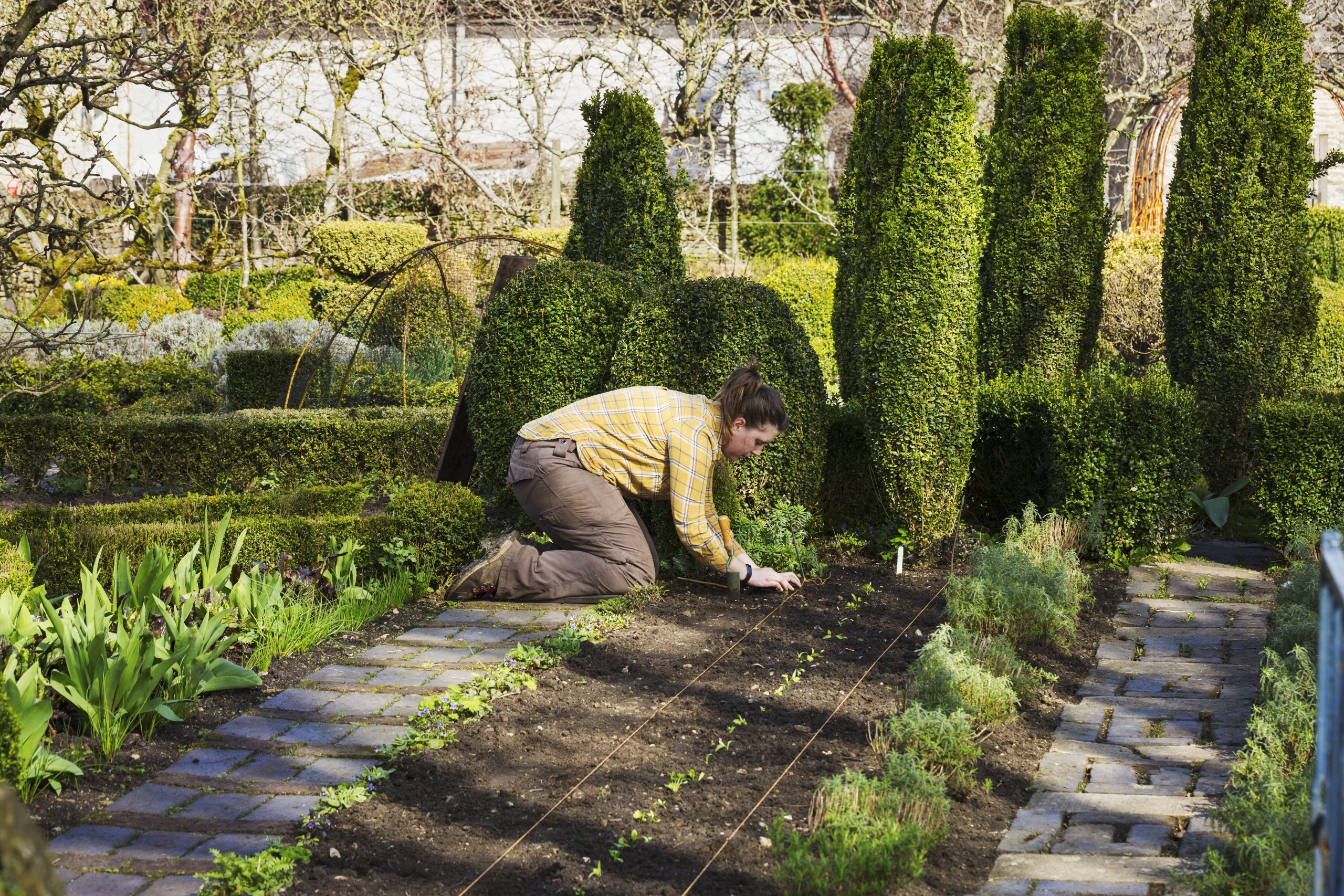
Gardening offers a splendid opportunity to connect with nature, express creativity, and transform outdoor spaces into vibrant ecosystems. While many people focus on sprawling lawns and an array of flowerbeds, the vertical dimension of a garden often remains underutilized. Incorporating vertical structures, like trellises and arbors, can not only add visual appeal but also optimize space, increase productivity, and create captivating focal points in your garden. Today, let’s delve into the art of enhancing your garden with these vertical structures.
The Versatility and Charm of Trellises
Trellises are ingenious garden structures that provide support for climbing plants, effectively transforming your vertical space into a canvas of greenery and blooms. Their versatility and simplicity make them a favorite for garden enthusiasts, whether you’re aiming to grow delicate vines or robust vegetables.
1. Space Optimization: In smaller gardens, space is precious. Utilizing trellises allows gardeners to grow vertically, saving ground space for other plants or seating areas. This is especially beneficial for urban dwellers with limited backyard areas or balcony gardens.
2. Aesthetic Appeal: Trellises add structural elegance and can serve as intriguing backdrops to a garden. Crafted from wood, metal, or even repurposed materials, they can complement various garden styles—from rustic to modern chic. Climbing plants such as clematis, wisteria, or morning glory can transform a simple trellis into a cascade of colors and textures.
3. Functional Benefits: Beyond aesthetics, trellises provide practical support to plants, aiding in ventilation and sunlight exposure. By elevating plants, you can reduce the risk of soil-borne diseases and pest infestations. This structured growth also makes harvesting easier for vine fruits and vegetables like tomatoes or cucumbers.
4. Privacy and Partitioning: If you have a larger space, strategic placement of trellises can create secluded garden nooks or serve as natural walls, providing privacy without compromising on beauty and greenery.
Creating Impact with Arbors
Arbors are the epitome of elegance in the garden, offering not just height but a sense of passage and intimacy. Serving as gateways or focal points, these structures are perfect for defining spaces in a garden.
1. Entrance Enhancements: Placed at the entrance of your garden or patio, an arbor can create a grand welcome. When draped with climbing roses or grapevines, arbors exude charm and allure, setting the tone for the garden ahead.
2. Visual Interest: Acting as architectural elements, arbors capture the eye and can direct foot traffic within the garden. Their shapes, from simple arches to intricate latticework, can enhance the overall garden design, adding depth and dimension.
3. Shade and Comfort: While their primary function is decorative, arbors can also provide some shade. When covered with dense climbers, they might offer a cool retreat, perfect for placing a bench underneath for relaxation or contemplation.
4. Floral Displays: Choose climbers with fragrant blooms or lush foliage to envelop your arbors. Jasmine, honeysuckle, or trumpet vine are excellent choices, creating a sensory experience with fragrance and color.
Designing with Trellises and Arbors
Transforming your garden with trellises and arbors starts with thoughtful design and choice of materials. Here are some considerations to help you integrate these structures effortlessly:
1. Material Selection: The choice of material can significantly impact the aesthetics and durability of your structures. Wood provides a natural and traditional appearance, ideal for cottage gardens. Metal, especially wrought iron, offers durability and can lend a contemporary or vintage feel. For the eco-conscious, recycled materials can be a sustainable option.
2. Plant Choices: Not all vines and climbing plants are the same. Consider the growth rate, weight, and support needs of your selected plants. Ensure that the structure can accommodate the plant’s growth over time to avoid damage.
3. Positioning: Both sunlight and airflow are crucial for healthy plant growth. Position trellises and arbors where they will receive adequate sunlight, and consider prevailing winds. For privacy screens, orient them to maximize coverage and privacy.
4. Maintenance: While they are relatively low-maintenance, trellises and arbors benefit from occasional checks. Secure any loose fittings, clean surfaces to prevent mildew (especially in wooden structures), and ensure climbers don’t overwhelm the structure. Pruning helps maintain plant health and optimum growth patterns.
Conclusion
Incorporating trellises and arbors in your garden design can transform ordinary spaces into extraordinary sanctuaries. These vertical structures enhance the visual dynamics of a garden, optimize space, and support plant health. Whether you’re creating a cozy corner or establishing a grand garden entrance, trellises and arbors offer both function and artistry. So, embrace the vertical garden revolution and let your creativity climb new heights, one vine at a time!













